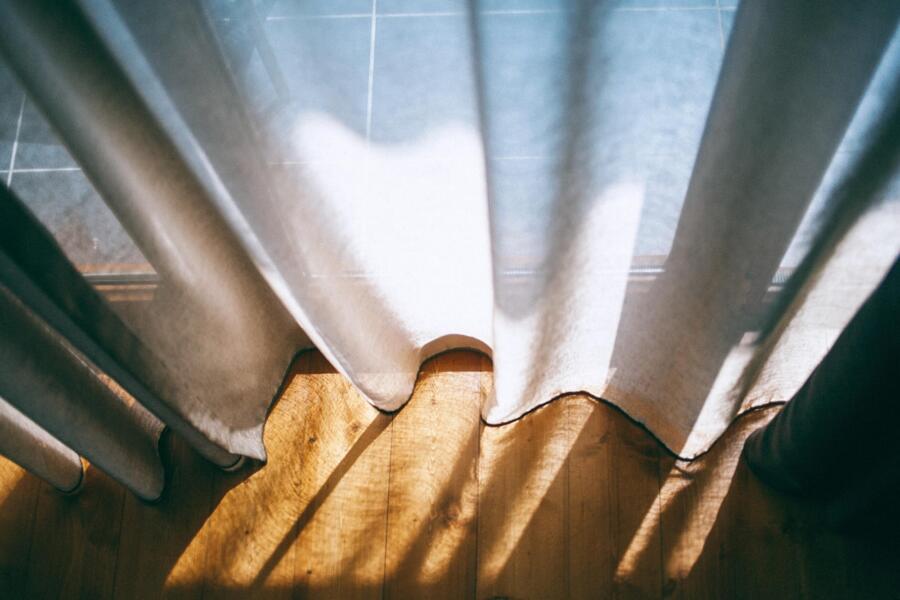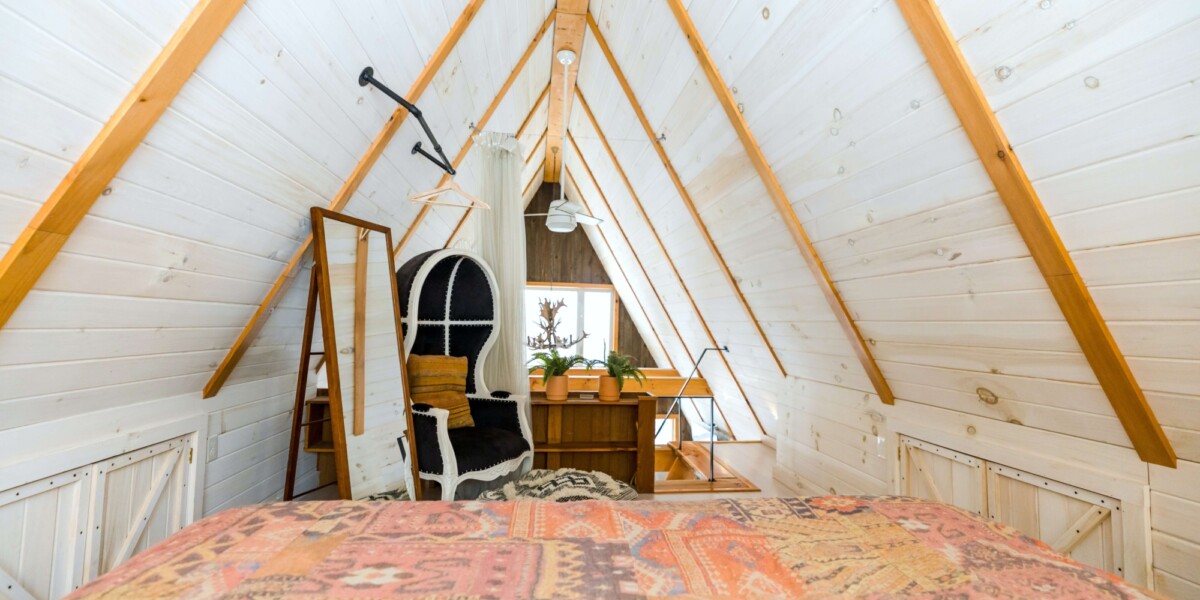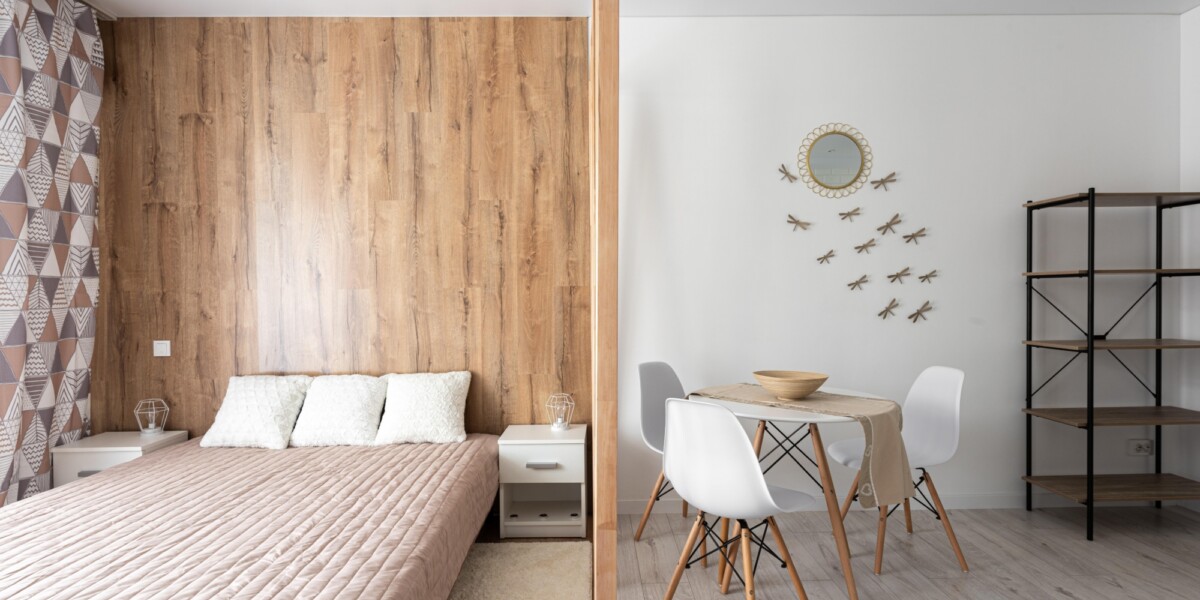
Nothing is more unpredictable than British weather, so be prepared for every eventuality with our top tips on weatherproofing your home for all seasons. Keep your living space warm and cosy during the winter, and cool and comfortable throughout the summer.
Get into insulation

One of the most important and effective ways to weatherproof your home, insulation keeps the external climate from affecting inside temperatures, retaining the warmth produced by heat sources during winter and keeping cool air from escaping in summer. If you have an older property that is lacking in the modern insulation that you'd find in an energy-efficient new build home, address your roof first to prevent rising heat from being lost and help to keep your energy bills down.
Close off cosy areas

Creating partitions in open-plan spaces reduces the amount of heat or cool air escaping from your main living areas into spaces that aren’t used as often. Use a large solid room divider, or put up a thermal curtain to help keep the warmth in (or out).
Upgrade your lightbulbs

Did you know that simply swapping the type of lightbulb you use can help stabilise the temperature in your home? Traditional incandescent lightbulbs produce a noticeable heat and contribute to the rise in temperature, which is not ideal during summer and can contribute to a stuffy environment in winter. Aim to buy bulbs that don’t produce any heat, like LEDs, which are also significantly more efficient in terms of energy consumption.
Be gone, gaps!

Do you ever see your curtain moving when the window is closed? It’s probably not a ghost – you may just have a draught! Gaps in doors and windows can let air into your home, taking away the heat in winter and letting humid air in during summer.
If you have uPVC windows that are a few years old, it could be time to adjust them for a tighter seal. However if you need a really quick fix to protect your home from the elements, simply seal windows up using draught tape, or if it’s coming from the bottom of the door, use a draught excluder. Thermal curtains are also helpful but you’ll have to keep them closed to notice any results, so make sure you draw them at dusk.
Channel plant power

Plants release moisture into the air through transpiration, and a NASA study has suggested that this 'sweating' can play a part in bringing down the temperature of the plants' environment. You'd likely need quite a lot of plants to make a noticeable impact indoors, but even if accessorising your home with hardy plants might not help stabilise the temperature in your home, it will certainly improve your décor – as well as your mood (check out our article about the benefits of house plants to find out more). Popular house plants that could have air-cooling qualities include the snake plant, rubber plant, and weeping fig.









